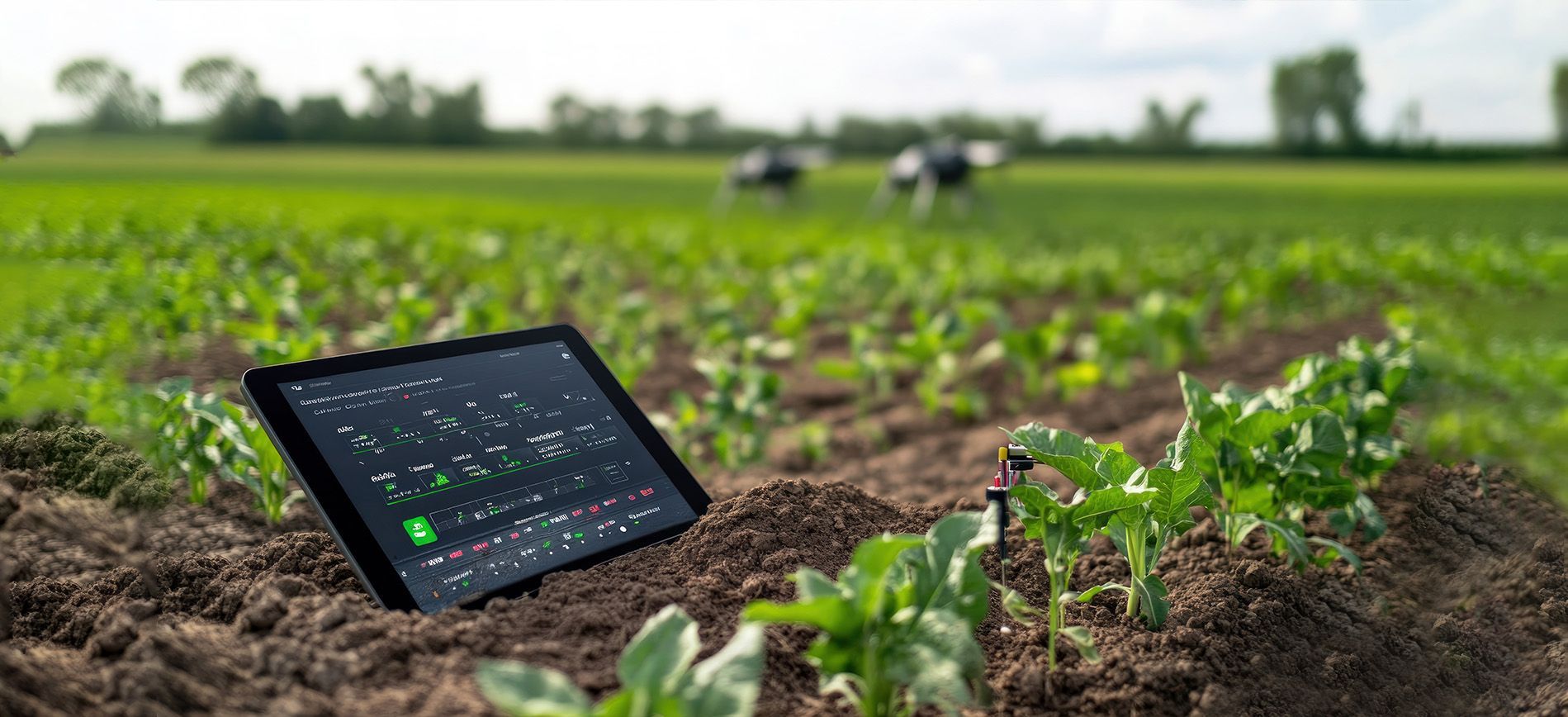The Role of Advanced Fertilizers in Climate-Resilient Agriculture
The Role of Advanced Fertilizers in Climate-Resilient Agriculture

As climate change continues to pose challenges to global agriculture, the demand for innovative and sustainable fertilizer solutions has never been higher. Advanced fertilizers, designed to adapt to climate variability and promote sustainable farming, are emerging as a critical tool in ensuring food security for the future. This blog explores how these fertilizers contribute to climate-resilient agriculture, highlighting trends, technologies, and market potential.
The Need for Climate-Resilient Fertilizers
Extreme weather events, such as droughts and floods, disrupt traditional farming practices and reduce crop yields. Advanced fertilizers, tailored to specific climatic and soil conditions, provide the nutrients needed to counteract these challenges. They ensure efficient nutrient delivery, minimize wastage, and enhance plant resilience to stress.
Key benefits of climate-resilient fertilizers:
- Improved water-use efficiency.
- Reduced greenhouse gas emissions.
- Enhanced soil health and biodiversity.
Types of Advanced Fertilizers
- Controlled-Release Fertilizers (CRFs): Gradually release nutrients, aligning with crop growth cycles and reducing nutrient runoff.
- Water-soluble fertilizers: Provide rapid nutrient absorption, ideal for regions facing erratic rainfall patterns.
- Bio-Based Fertilizers: Derived from organic sources, promoting eco-friendly farming practices.
- Micronutrient-Enriched Fertilizers: Address specific nutrient deficiencies in soils impacted by climate change.
Market Trends and Innovations
The global fertilizer market is evolving to meet climate challenges, with key trends including:
- Precision Agriculture: Integrating advanced fertilizers with precision farming technologies, such as sensors and drones, to optimize nutrient application.
- Sustainable Packaging: Eco-friendly and biodegradable packaging solutions to reduce environmental impact.
- Green Production Methods: Developing fertilizers with reduced carbon footprints through renewable energy and innovative manufacturing processes.
Regional Case Studies
- Africa: Advanced fertilizers have boosted productivity in arid regions, helping farmers cope with prolonged droughts.
- India: Tailored fertilizer blends are addressing nutrient imbalances in flood-prone areas, ensuring steady crop yields.
- Turkey: The adoption of water-soluble fertilizers has enhanced agricultural efficiency amidst shifting rainfall patterns.
Future Outlook
The advanced fertilizer market is projected to grow significantly, driven by increasing investments in research and development, government subsidies for sustainable farming, and growing awareness among farmers. Companies that prioritize innovation and sustainability are likely to lead the market, ensuring a balance between agricultural productivity and environmental protection.
Conclusion
Advanced fertilizers are revolutionizing agriculture by equipping farmers with the tools needed to combat climate challenges. By adopting these innovative solutions, the agricultural sector can contribute to global sustainability goals while securing food supply chains for the future.




